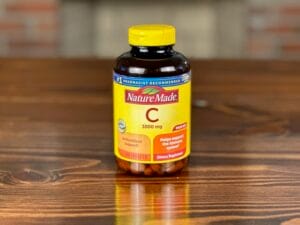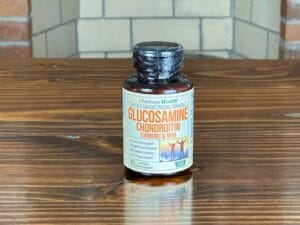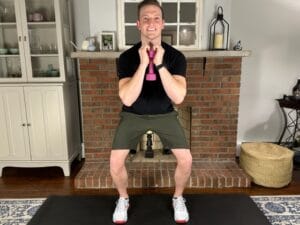What is a bunion?
According to the Mayo Clinic, a bunion is “a bony bump that forms on the joint at the base of your big toe.” It is often associated with hallux valgus, or when the big toe alignment changes and begins to drift laterally or out towards the little toes.
Anatomically speaking, a muscle imbalance between the peroneus longus laterally and the abductor hallucis medially causes the long bone (metatarsal) of your big toe to deviate inward. This will cause a change in direction at the knuckle (metatarsophalangeal joint) and the smaller portion of your big toe (proximal and distal phalanges) will turn outwards.
This can further be exacerbated by contributions from the extensor and flexor hallucis longus tendons which are the long muscles that attach to the end of the big toe bone. As the bones of the great toe start to deviate, these long muscles will pull on the end of the big toe. The end result is you have a < looking toe if it’s on your right foot or a > looking toe if it’s on your left foot, and this is called a bunion.
Why are bunions bad for you?
Why does having a bunion matter, other than the aesthetically unpleasing look of crooked toes? First of all, it can become uncomfortable or even painful. That bunion bump can become red, swollen and tender. Additionally, the other toes are now crowded because of the changed position of the big toe.
This all can affect how it feels to walk; instead of pushing off with your big toe as you are stepping, now you’re placing more pressure on the side of the toe. This can then progress and become more uncomfortable with each step as well as further exacerbate the crooked toe deformity. Also, if your step mechanics are changed, along with having a cycle of deformity and pain, this can change your balance and stability while standing and walking.
What causes bunions?
There are multiple different potential contributing factors including: gender (bunions are more common in women than men up to 15:1) (“It occurs in approximately 23% of adults aged 18 to 65 years and up 36% of adults older than 65 years. When looking at adult females, hallux valgus deformity occurs at rates as high as 30%”), tight calf muscles, narrow shoes/toe box, congenital deformity, flat feet/overpronation, hypermobility, high BMI and some inflammatory conditions such as psoriatic and rheumatoid arthritis.
Bunions can start as small bumps with minimal deviation of your big toe and often progress to larger bumps with more deviation. As it progresses further, not only can the bump begin to look like a new bony abnormality, but the great toe can push into the second toe and even dip under or over the second toe. Like a train wreck, this can then effect the third toe and cause calluses and hammer toes down the line which will make walking even more uncomfortable.
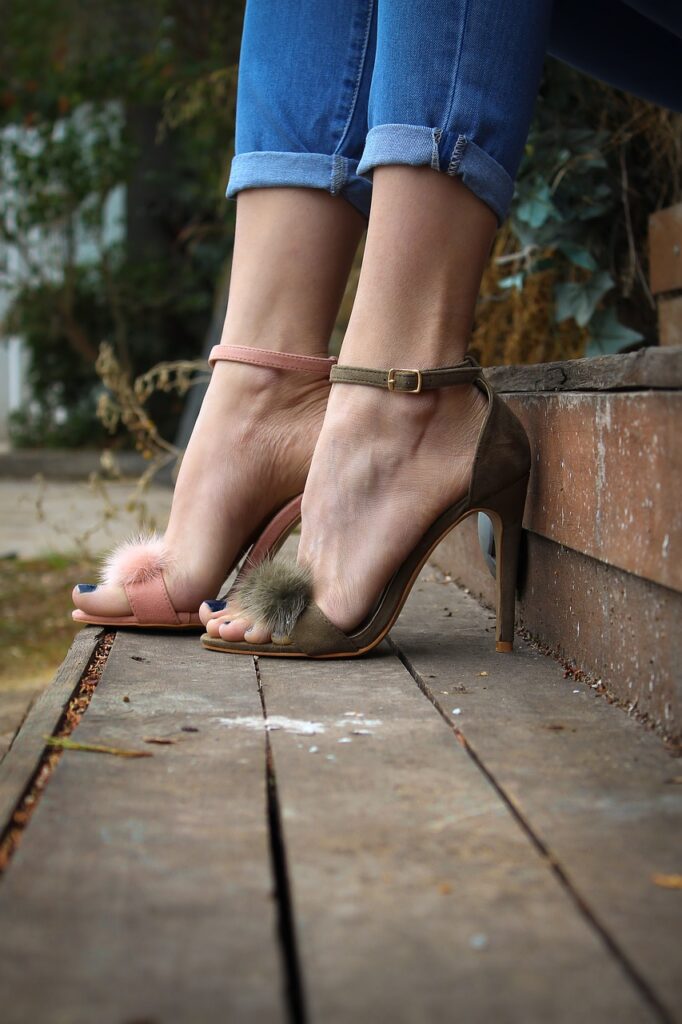
How do you prevent bunions?
If you look down and see a bump on the inside of your big toe and don’t want it to grow, what can you do? First of all, weight management and exercise are always a good place to start. Changing your footwear as well as working to improve your ankle, foot and toe mobility can also help.
Shoes such as high heels increase the pressure onto the front of your feet. Athletic shoes with a narrow toe box will also change the forces placed on your toes. And if you’re taking several thousand steps per day, these small stresses can add up over time to cause major issues.
How do you choose the best shoes to treat bunions?
There are some things to look for when picking footwear as a treatment for bunions:
1. Little to no heel drop
2. A wide toe box
3. Flexible rather than rigid
4. Minimal toe spring
1. Little to no heel drop
Heel drop is the difference in the height of the heel of the shoe compared to the toes. High heels obviously have an increased heel drop. This is significant because an elevated heel can affect how your body weight and center of mass are distributed as well as length tension relationships of your muscles. Your Achilles tendon and calf muscles will shorten overtime which can lead to a host of other issues, including achilles tendonitis, Morton’s Neuroma, and limited ankle mobility.
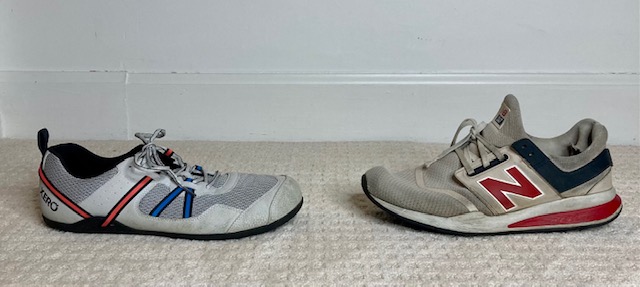
2. A wide toe box
Another key to optimize your footwear when treating bunions is a wide toe box. This will give your toes plenty of space to move and splay when standing and walking as well as avoid being overly crowded in your shoes.
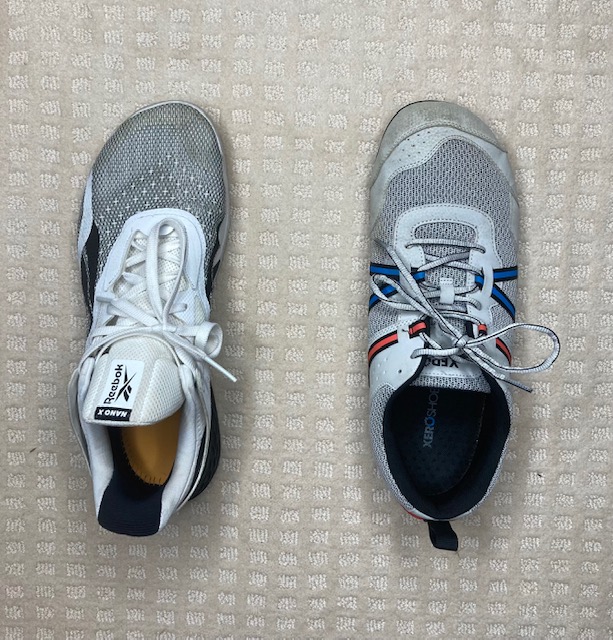
3. Flexible rather than rigid
Your shoes should also be more flexible to properly treat bunions. Being flexible gives your foot the natural freedom of movement in relation to the ground surface which will improve your muscle activity, balance and proprioception.

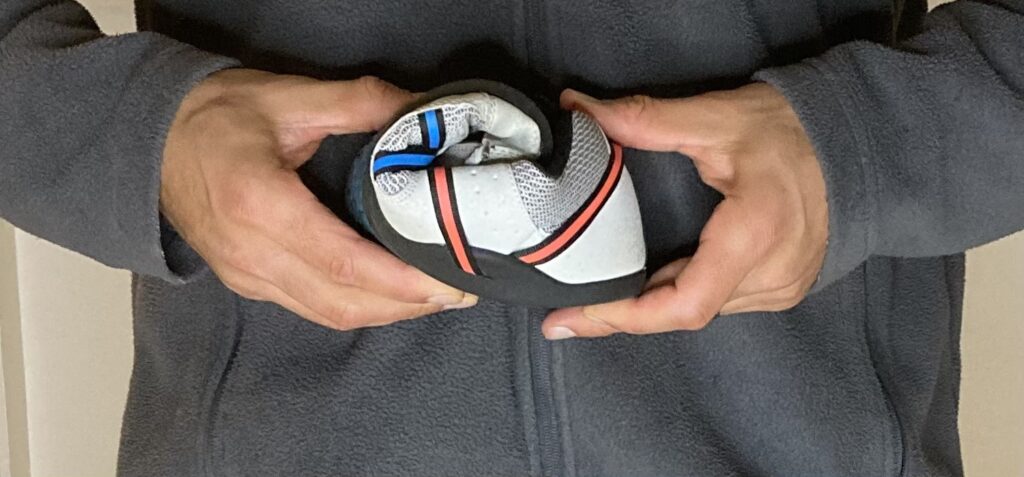
Figure 6 shows the comparison in flexibility of the popular tennis shoe on the left compared to that of a more foot friendly design on the right.
4. Minimal toe spring
And lastly, your shoes should have a minimal toe spring. Toe spring is the little elevation at the toes. Similar to the elevated heel, a toe spring will shorten the muscles on top of your foot while overstretching the muscles and structures on the bottom of your foot which can lead to problems like hammer toes and plantar fasciitis. Many of the popular athletic shoes have tapered toe box, rigid soles, rigid toe springs and an elevated heel, contributing to many problems for people. Refer back to Figure 4 to compare shoe differences.
The best footwear and shoes for people with bunions
1.Vivobarefoot
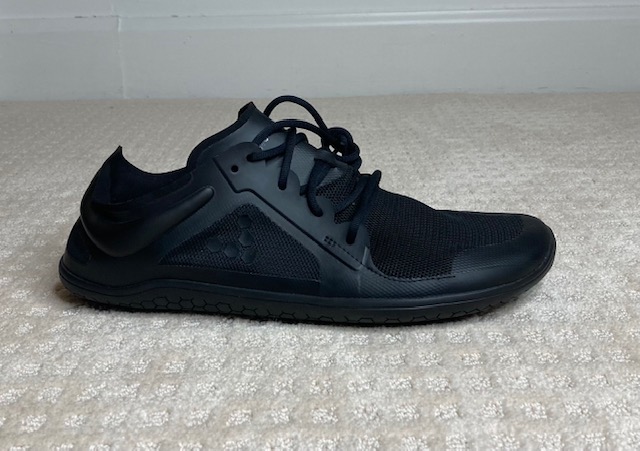
2. Xero Shoes

3. Feelgrounds

4. Merrell

5. Lems

Additional at home treatments for people with bunions.
1. Toe spacers to help cure bunions
If you’re not ready to commit to new kicks, another less expensive fix can be “toe spacers”. These can be great for more of a passive fix. You can apply them any time of day and feel the foot intrinsic muscles stretch out. With more space and flexibility, your toes will improve the foot mobility and reduce abnormal deformities from developing. Like most things, there are several different brands of these. I’ve found that these feel comfortable while still being effective. The Toe Spacers can be found in the link below.
A similar product is Correct Toes. “Designed by Dr. Ray McClanahan, DPM, Correct Toes help the foot rehabilitate from the negative effects of conventionally shaped footwear. The device, made of soft, flexible silicone, encourages the toes back into their natural alignment found at birth. With progressive and consistent use while active and weight bearing, toes align and feet strengthen, restoring your foot’s original position and function.” The Correct Toes can be found in the link below.
2. At home stretching and strengthening exercises for your foot and toes for the treatment of bunions
Exercise 1 to treat bunions

How to perform the exercise: A mobilization of first metatarsophalangeal joint. While maintaining a light pull (distraction) to the big toe, using your thumbs, apply pressure over the base of the big toe (base of the phalanx). This force will offset outward (lateral) deviation of the big toe when a bunion is present.
Exercise 2 to treat bunions
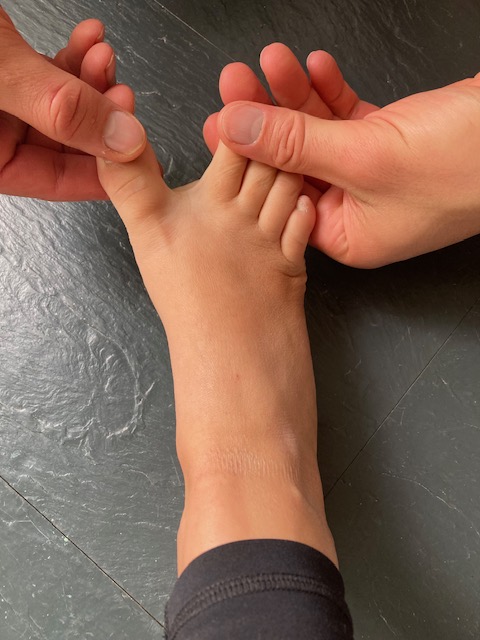
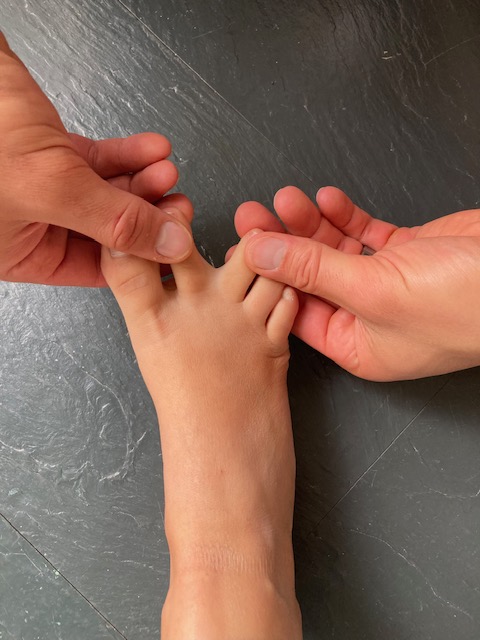
How to perform the exercise: Working on your toe lateral flexibility. Simply apply a stretch to each toe as if gently pulling them apart.
Exercise 3 to treat bunions

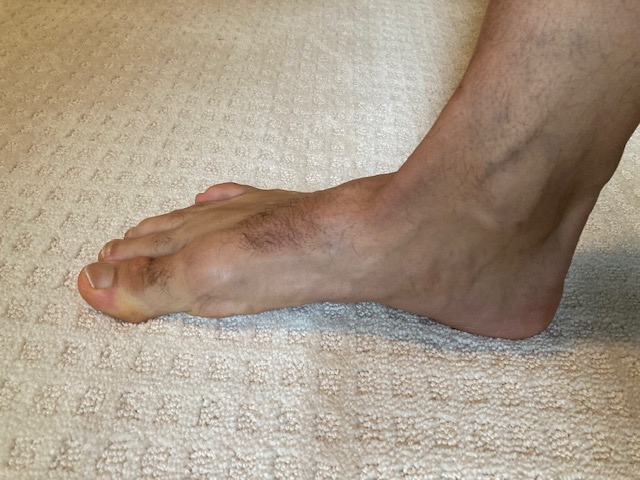
How to perform the exercise: Working on improving the arch in your foot. A stronger arch will reduce and minimize an overpronated foot which often leads to the lateral deviation of the big toe and a bunion. Simply try to pull your big toe straight backwards. This will activate the muscles supporting arch including tibialis posterior and anterior, flexor hallucis longus, flexor digitorum longus and peroneus longus.
Exercise 4 to treat bunions

How to perform the exercise: Again, working on the big toe stability and arch support but also helps differentiate between separate muscles. Try keeping your big toe pressed downward into the ground while also lifting your lateral 4 toes. By keeping the pressure of the big town downward, you are again firing various toe flexors that make up the arch but add in the other toes extending (extensor digitorum longus) and now your foot is working hard. Having various muscles working on different actions simultaneously will further increase your foot awareness, proprioception and mobility.
3. Shoe orthoses to treat bunions
Another potential treatment for bunions includes a medial bunion pad. This is a shoe orthosis which helps redistribute the weight through your feet when standing and walking around in your shoes. The Medial Bunion Pad can be found in the link below.
Last resort treatment for bunions
And finally, surgical intervention should be considered as a last resort treatment. An osteotomy is one of the most common procedures. This is when a cut is made into the first metatarsal bone and the joint angle is adjusted to alleviate the abducted position of the big toe and promote better realignment. Others include arthroplasty (joint replacement), arthrodesis (joint fusion) and others.
Why you can trust Physical Therapy Simplified with treatments for bunions.
At Physical Therapy Simplified, our mission is to provide an easily accessible and highly reputable source of physical therapy information that anyone can understand, follow, and benefit from. We want you to feel confident that you are getting the best content and information that will help to reduce your pain and restore you to your highest functional potential.
The author of this article, Matthew J. Strano, DPT, is a licensed physical therapist and a Certified Orthopedic Manual Therapist. Additionally, he received his Doctorate in Physical Therapy from Duquesne University. He is an expert physical therapy clinician and specializes in treating orthopedic conditions throughout the body.
Matthew has over ten years of experience in physical therapy and currently works at Vantage Physical Therapy and Rehabilitation. He has treated hundreds of patients with disorders of the foot and ankle. Specifically, he has treated many patients with bunions and has helped to relieve them of their foot pain and dysfunction.


